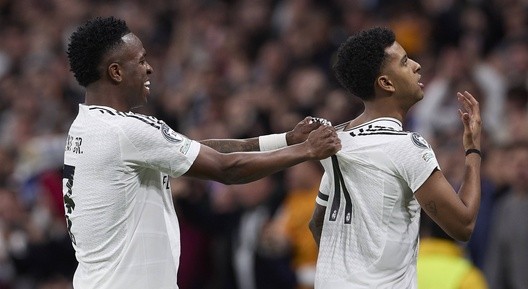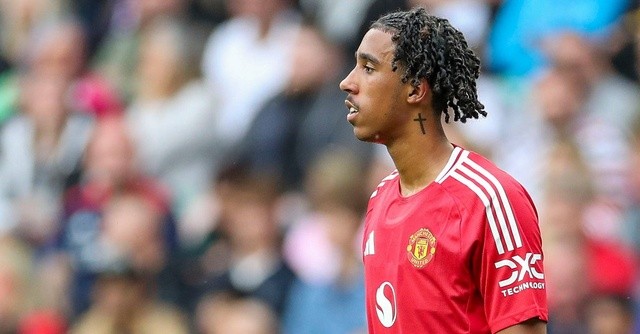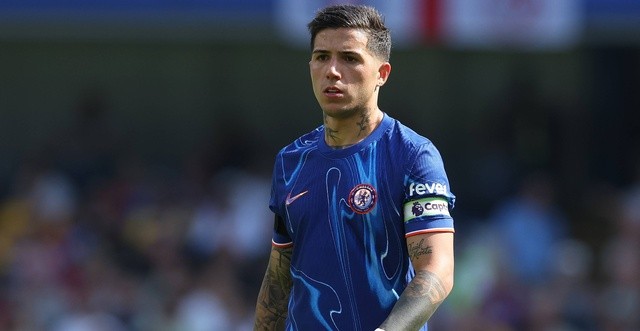Young player sales: Denmark leads as South America struggles to match success rates

IMAGO | This summer, FC Copenhagen sold Victor Froholdt to FC Porto for €20 million.
We have analysed transfers of players aged 21 or under, sold for more than €5 million, to show which leagues are most effective at producing successful talent.
The Danish Superliga tops the ranking, while at the other end one league records a success rate of just 14 per cent.
Why it matters: When investing in young talent, the track record of a league’s previous sales should be a crucial factor in assessing risk.
The perspective: The perception of South America’s top leagues as unrivalled talent factories may deserve closer scrutiny.
1 October 2025 - 11:54 AM
Young players are being recruited from all over the world at a scale not seen before. For smaller leagues, selling talent abroad has become both a financial lifeline and a way of gaining recognition.
But which leagues have the strongest record of producing youngsters who go on to succeed after stepping up to bigger clubs?
This analysis focuses on transfers of players aged 21 or under at the time of their move, excluding the eight biggest leagues. To ensure we capture genuine prospects where the buying club made a significant investment, only deals worth more than €5 million are included.
The timeframe runs from the summer 2018 window through to January 2024, reflecting how most players in this age bracket are acquired as long-term investments rather than for immediate impact.
To assess success, we apply a strict measure: by September 2025, a player’s valuation must have increased by at least 50 per cent compared with the original fee.
The 50 per cent threshold is set to account for the natural boost in value that comes from moving to a stronger club in a bigger league, combined with the progression that typically comes with age.
Danish success stories
One league stands out for producing players ready to succeed at the next level: the Danish Superliga, which leads the way with an 80 per cent success rate.
The most recent transfer window, although outside the scope of this analysis, underlined the same trend of high-value Danish exports. FC Copenhagen’s Victor Froholdt joined FC Porto for €20 million, while Ipswich Town broke the Championship transfer record to sign Sindre Walle Egeli from FC Nordsjælland for the same fee.
FC Nordsjælland in particular have built a strong reputation for developing and selling young talent. Of their seven players transferred for more than €5 million, five qualify as successes. The standout is Mohamed Kudus, who moved to Ajax in 2020 for €9 million before completing a €63.8 million switch to Tottenham Hotspur in the most recent window.
However, the club is also behind two of the league’s three “failures”: Ernest Nuamah and Kamaldeen Sulemana. Nuamah, sold to RWD Molenbeek for €25 million, is currently valued at €19.4 million, while Sulemana, who joined Rennes for €17 million, now holds a valuation of €16.9 million.
Ligue 2 leads Europe’s second tiers
The French Ligue 2 ranks second overall, with a 65 per cent success rate, making it the most effective of Europe’s top-five second divisions.
The league has produced players such as Marcus Thuram and Bryan Mbeumo, both of whom left in the summer of 2019 and are now firmly established at the highest level.
Ligue 2 also tops all leagues in median valuation growth at €12.95 million, just ahead of the Danish Superliga (€11.3m) and the English Championship (€9.85m).
The Championship is also worth highlighting, having paved the way for several standout talents in the period analysed. Jude Bellingham, Michael Olise and Morgan Rogers are the three highest-valued players to emerge, underlining the league’s ability to develop stars despite a lower overall success rate.
South America delivers volume, but mixed results
Brazil and Argentina have supplied the largest number of young players transferred for more than €5 million during the period analysed, with 44 and 27 players respectively. Yet despite the volume, their success rates are less convincing — 34 per cent for Brazil and 48 per cent for Argentina.

IMAGO | Vinícius Júnior and Rodrygo are among the Brazilians who have seen a significant rise in their valuations.
Real Madrid have been among the most aggressive investors in Brazilian talent. In 2018 they signed Vinícius Júnior for €45 million, followed by Rodrygo for the same fee a year later. Both have since become central to the club’s success and are now valued at more than €100 million each.
But the wider picture in Brazil is less flattering. Real Madrid also spent €30 million on Reinier in 2019, yet he never broke into the first team and eventually left on a free transfer after a series of loan spells.
Argentina shows a similar pattern of mixed outcomes. One recent case is Alejo Véliz, who joined Tottenham Hotspur from Rosario Central in 2024 for €15 million. His value today stands at just €6.25 million, reflecting the challenges that can follow even a high-profile move to the Premier League.
Poland and Turkey lag behind
At the bottom of the ranking are the Polish Ekstraklasa and the Turkish Süper Lig. Both produced only a single successful sale in our sample, with success rates below 20 per cent from six and seven transfers respectively.
In Turkey, Arda Güler stands out as the lone bright spot. Signed by Real Madrid in 2023 for €24 million, his valuation has since doubled to €50 million. Poland’s only success case is Sebastian Szymański, who left Legia Warsaw for €5.5 million at the age of 20 and most recently joined Fenerbahçe. His valuation today stands at €16.9 million.
This is striking given that Poland and Turkey are among the largest nations in Europe by population. Despite their size, the data suggests they struggle to consistently produce young players who increase significantly in value after moving abroad.

